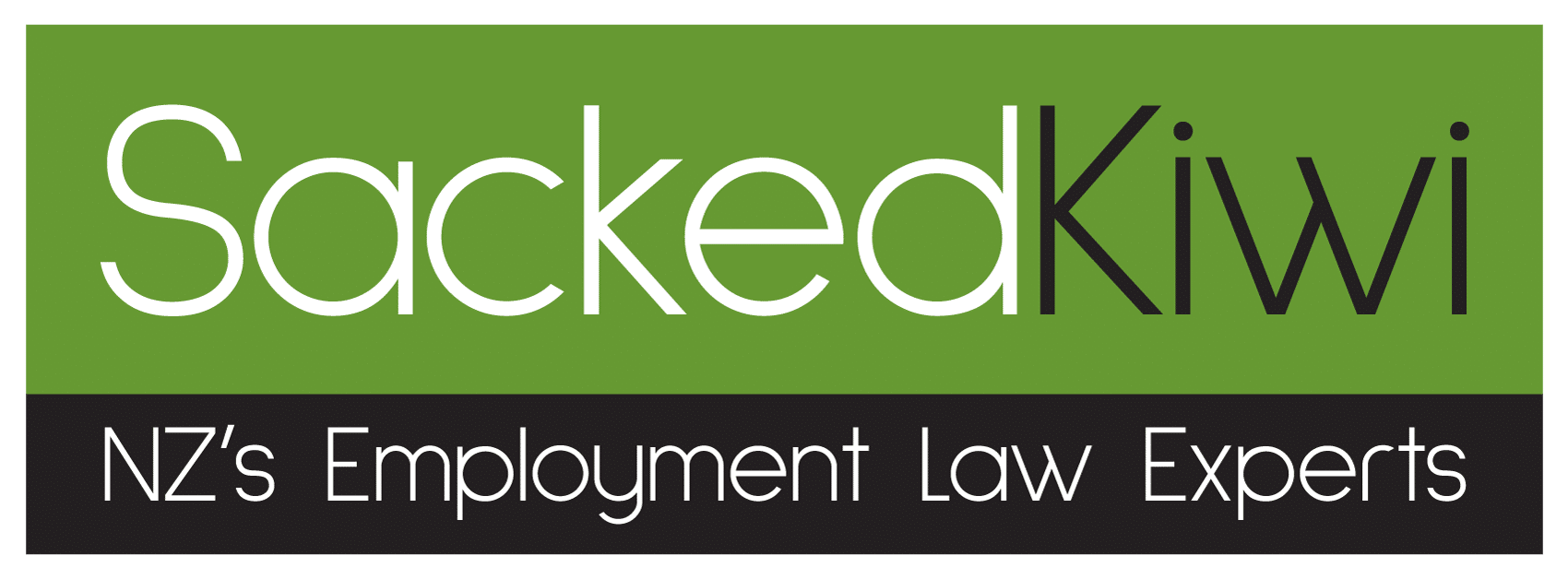Learn what is defined as bullying and harassment, the steps you need to take as an employee, your legal rights, and how your employer should help support you.
What Is Bullying and Harassment?
Workplace bullying and harassment can have serious consequences for an individual’s mental health, job satisfaction, and productivity. If the behaviour feels hostile or targeted, it may constitute bullying or harassment—even if it’s subtle.
Definitions of Bullying
This is repeated or unreasonable behaviour directed towards a worker or group of workers over some time. Bullying can include victimizing, racial slurs, discrimination, humiliating, intimidating or threatening actions / behaviour.
Definitions of Harassment
Whilst harassment can also include bullying, the behaviour and actions can create a hostile work atmosphere for an employee, and can include fear tactics such as threatening or malicious rumours, unwanted physical contact, sexual advances or suggestions.
Steps for the employee to take
- Document incidents: These include dates / times / locations / what was said or done.
- Raise concerns formally in writing to the employer, HR department or manager: It is important to let the employer / manger know what is happening and how it is affecting the employee to enable them to help resolve the situation. Verbal conversations can also be had but if an employee is wanting to raise a Personal Grievance, then having evidence to show this has been raised is vital. (“in writing” can be by way of text, email, formal letter. Make sure to date and keep a copy of a letter for yourself)
- Follow Up: If no action has been taken after a formal complaint has been raised, follow up in writing again. An employee may also consider seeking support from a union representative, mental health professional, or external employment advisory service.
- Review Company Policies: Most workplaces have policies on bullying and harassment outlined in an employee handbook or internal code of conduct. Employees should review these documents to understand the reporting procedures and what behaviors are prohibited.
Still having issues at work? Need more support?
If you’ve already taken some of the steps we’ve outlined or you’re feeling unsure about what to do next, we’re here to help. Call our free employment law helpline.
At Sacked Kiwi, we understand how tough it can be to stand up against bullying or harassment in the workplace. Whether your concerns have been ignored, or the internal complaints process has failed, you don’t have to go it alone. Speak with one of our experienced New Zealand employment advocates today!
Legal Rights of Employees
Under New Zealand employment law, every worker has the right to a safe and respectful workplace. If internal processes haven’t resolved the issue, you may be able to take a personal grievance or escalate your case to the Employment Relations Authority (ERA).
Taking the next step can feel overwhelming, but you don’t have to face it alone. At Sacked Kiwi, we’ll help you understand your rights, prepare your case, and fight for the fair treatment you deserve.
Not sure if your situation qualifies as a personal grievance? We can advise you on whether your case is ready to move forward—or if there are a few more steps you should take first. Get in touch today!
Legal Disclaimer
The content posted on the Sacked Kiwis website should not be considered or relied upon as legal advice or opinion. The information presented here is not intended to serve as legal guidance. Over time, laws and regulations evolve, potentially altering the accuracy of previously shared information. Updates in jurisprudence or legislation (for example, changes to the Employment Relations Act), which could happen without immediate notice, may render the legal information on this platform outdated or obsolete. Seeking legal advice is always advisable.
Should you need employment advice, please don’t hesitate to contact us through our toll-free hotline.

